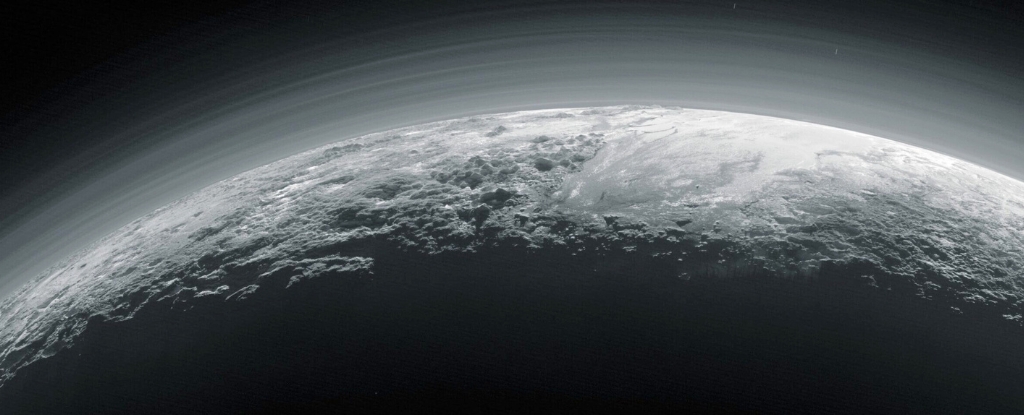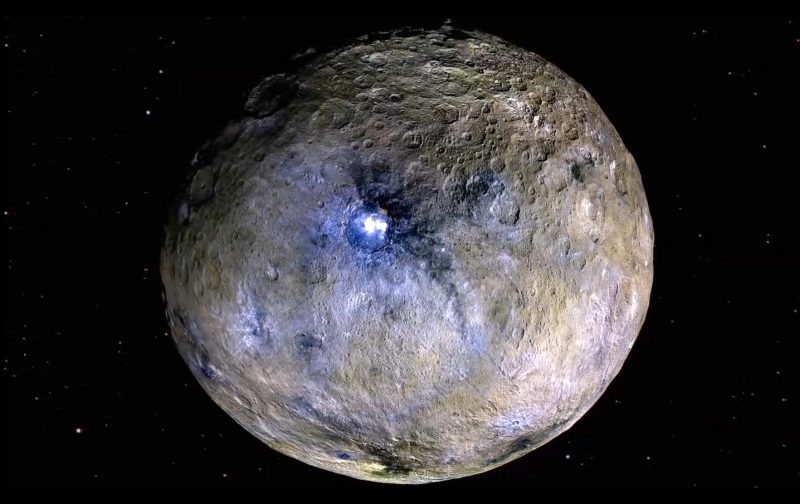
When the New Horizons spacecraft swept past Pluto and Charon in 2015, it revealed two amazingly complex worlds and an active atmosphere on Pluto.

A US-trio appears to have discovered a distant dwarf planet with a 25,000-year orbit bringing it into the ring of icy rocks around the solar system - the Oort cloud.

Ceres’ crust is probably made from 90% ice today. Using data from NASA’s Dawn mission, scientists found it was likely once a muddy ocean world.

A dwarf planet in the extreme outer solar system that takes a thousand years to complete one trip around the Sun is knicknamed Farfarout. The frigid body is the most distant solar system object yet detected.

By studying Ceres' gravity, scientists learned more about the dwarf planet's internal structure and were able to determine that the water reservoir is about 40 km deep and hundreds of km wide.

Astronomers have released a catalog of 316 trans-Neptunian objects (TNOs) - minor planets located in the far reaches of the Solar System - detected from the first four years of the Dark Energy Survey.

During the day, a thin layer of nitrogen ice warms and turns into vapor. At night, the vapor condenses and once again forms ice. Each sequence is like a heartbeat, pumping nitrogen winds around the dwarf planet.

2018 VG18, nicknamed "Farout" is the first known solar system object that has been detected at a distance that is more than 100 times farther than Earth is from the sun.

Dawn was launchd on 27 September 2007. The spacecraft found that asteroid Vesta is the parent of a specific variety of meteorites found on Earth. It also discovered that dwarf planet Ceres was once an ocean world.

Starting in early June, Dawn will begin collecting gamma ray and neutron spectra to better understand the composition of the topmost rock and soil layers while taking high-resolution photographs of dwarf planet Ceres.